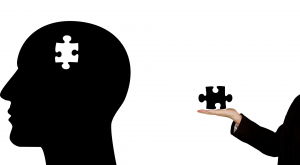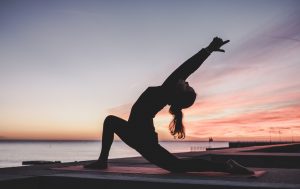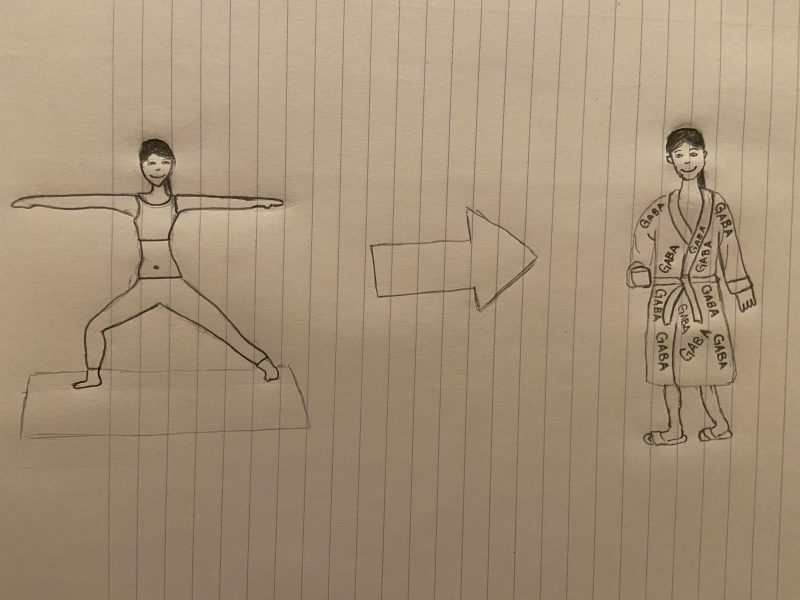Anxiety: who it effects and what is offered to help?
Anxiety disorders have been diagnosed to millions of American adults showing their effects in diverse ways to each who are affected. Disorders such as Generalized Anxiety Disorder, Panic Disorder, Social Anxiety Disorder, Obsessive Compulsive Disorder, and so many others effect around 40 million or 18.1% US adults each year. With such prevalence, there are a multitude of treatment medications that can be prescribed to those affected based on their needs. These include medications such as:
- Benzodiazepines:

- Xanax
- Librium
- Valium
- Klonopin
- Ativan
- SSRIs
- Lexapro
- Prozac
- Paxil
- Zoloft
- Buspirone
- Tricyclics
There are even more options than the ones mentioned above, but the list of side effects that can occur with taking these medications may be an even more extensive list. Some of the most common side effects include nausea, dizziness, headaches, diarrhea drowsiness, and benzodiazepines can even become addicting and cause memory problems if used for too long. These medications work by chemically balancing neurotransmitters in the brain such as serotonin, norepinephrine, and GABA. Balancing these neurotransmitters helps to reduce the effects of anxiety with the risk of experiencing side effects.
The benefits of a non pharmaceutical treatment for anxiety
One other non pharmaceutical technique that can be utilized to help with the effects of anxiety disorders: exercise. Some doctors even try to “prescribe” their patients suffering from anxiety constant and consistent exercise as a co treatment that goes along with anti anxiety medications. Exercising has been shown in clinical studies to increase the amount of GABA or gamma-aminobutyric acid. GABA is an inhibitory neurotransmitter that inhibits neurons in the amygdala and its receptor modulators are down regulated in anxiety related pathways. Exercising is a natural way to increase the GABA concentration in the brain that has the chance of decreasing the effects of anxiety. When one experiences a traumatic event, glucocorticoid levels in the brain increase and interact with the MAPK pathway and  initiate histone conformation that leads to gene transcription. The gene transcription creates event-associated memory consolidation. This can be modulated by the inhibition of dentate gyrus neurons by GABA. GABA can be naturally increased by exercising. When rats are exercised, they have been shown to come to the decision that their environment is safe quicker than rats who are not exercised. The sedentary rats roam their cage longer insinuating that they are unsure whether their environment is safe or not.
initiate histone conformation that leads to gene transcription. The gene transcription creates event-associated memory consolidation. This can be modulated by the inhibition of dentate gyrus neurons by GABA. GABA can be naturally increased by exercising. When rats are exercised, they have been shown to come to the decision that their environment is safe quicker than rats who are not exercised. The sedentary rats roam their cage longer insinuating that they are unsure whether their environment is safe or not.
The effects of increased GABA caused by exercise has also been seen in humans through electroencephalograms and magnetic resonance spectroscopy. After doing some type of exercise, whether that be yoga, cycling, running, etc., GABA concentration was increased correlating to a decrease in the symptoms of anxiety. One study looked specifically at doing yoga and how this type of exercise could help to increase the amount of GABA seen in the correlating brain regions. The study found that yoga practitioners had a 26% increase in thalamic GABA and “yoga-naive” subjects had a 13% increase in thalamic GABA after a 60 minute yoga practice.
Although those with different anxiety disorders may need to seek out different methods to treating their anxiety, it seems as though that through more intensive research, prescribed exercise may become more common or at least more common as a co treatment along with medication to help to decrease one’s risk of experiencing the side effects of taking anti anxiety medications.
